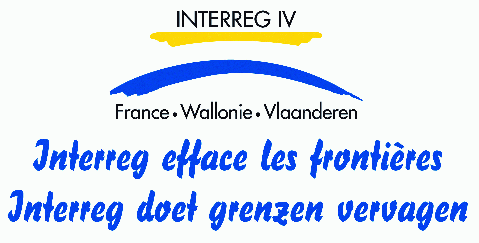Background Info
Exposure to Electromagnetic Fields (EMF)
(source: Indigo Group)
EU Directives on Workplace Safety and Health
The general requirements on workplace safety and health:
- Avoiding risks.
- Evaluating risks which cannot be avoided.
- Combating risks at source.
- Replacing the dangerous by the non-dangerous or the less dangerous.
- Developing a coherent overall risk prevention policy.
- Giving collective protective measures priority over individual protective measures.
- Giving appropriate instructions to workers.
There are four EU Directives that cover workers' exposure to specific physical agents in the work place, namely:
- Directive 2002/44/EC of the European Parliament and of the Council of 25 June 2002 on the minimum health and safety requirements regarding the exposure of workers to the risks arising from physical agents (vibration) (16th individual Directive within the meaning of Article 16(1) of Directive 89/391/EEC)
- Directive 2003/10/EC of the European Parliament and of the Council of 6 February 2003 on the minimum health and safety requirements regarding the exposure of workers to the risks arising from physical agents (noise) (17th individual Directive within the meaning of Article 16(1) of Directive 89/391/EEC)
- Directive 2004/40/EC of the European Parliament and of the Council of 29 April 2004 on the minimum health and safety requirements regarding the exposure of workers to the risks arising from physical agents (electromagnetic fields) (18th individual Directive within the meaning of Article 16(1) of Directive 89/391/EEC)
- Directive 2005/20/EC of the European Parliament and of the Council of 5 April 2006 on the minimum health and safety requirements regarding the exposure of workers to risks arising from physical agents (artificial optical radiation) - (19th individual Directive within the meaning of Article 16(1) of Directive 89/391/EEC)
The full text of these and other directives can be found at http://eur-lex.europa.eu.
Directive 2004/40/EC on EMF Exposure
This Directive covers electromagnetic fields in the frequency range 0 Hz to 300 GHz. It applies only to workers, and it is important to realise that it is the workers themselves to which it applies, not the processes or equipment that they use. It applies in all EU Member States (i.e. all countries of the EU).
In Article 4, Clause 6 the EMF Directive stipulates that the employer shall be in possession of an assessment of the risk arising from electromagnetic fields in the workplace. This risk can arise from:
- exposure of people to electromagnetic fields
- interference with active implanted active medical devices such as cardiac pacemakers
- projectile risk from ferromagnetic objects in static magnetic fields
- initiation of electro-explosive devices (detonators)
- fires and explosions resulting from ignition of flammable materials by sparks caused directly or indirectly by electromagnetic fields
Article 6 of the EMF Directive states that "the employer shall ensure that workers who are exposed to risks from electromagnetic fields at work and/or their representatives receive any necessary information and training relating to the outcome of the risk assessment". This means that if the risk assessment identifies that there may be a risk, the employer must provide training to teach their employees how to recognise and minimise this risk. If the risk assessment indicates that there is no EMF risk in the workplace, then there is no need for further specialist information and training. Employees and/or their representatives must be made aware of the risks from EMF and provide them with appropriate training. In particular:
- training about, and explanations of, the values and concepts of the exposure limit values and action values must be provided
- the results of any risk assessment, measurements or calculations of levels of exposure to electromagnetic fields, must be provided and explained
- employees must be trained on how to detect the adverse health effects of exposure and how to report them to the employer, and when professional medical advice may be required
- the circumstances in which employees are entitled to a health surveillance examination must be defined
- the employees must trained in how to implement safe working practices to minimise the risks from exposure
Some details of the implementation of the EMF Directive will be decided in each Member State by national authorities. These include:
- the appropriate level of expertise and resources needed to make an assessment
- how the results of a risk assessment are recorded
- the appropriate time interval for repeating risk assessments
- the nature of routine health surveillance and any medical examination after an exposure in excess of the exposure limit values
- the way in which assessment uncertainty is used when exposures are compared with the action values and exposure limit values
Links
The following external resources provide background information on electromagnetic fields and human exposure to non-ionising radition.
Health Organizations
Flanders
- Instituut Samenleving & Technologie
- Departement Leefmilieu, Natuur en Energie (LNE)
- Milieurapport Vlaanderen


